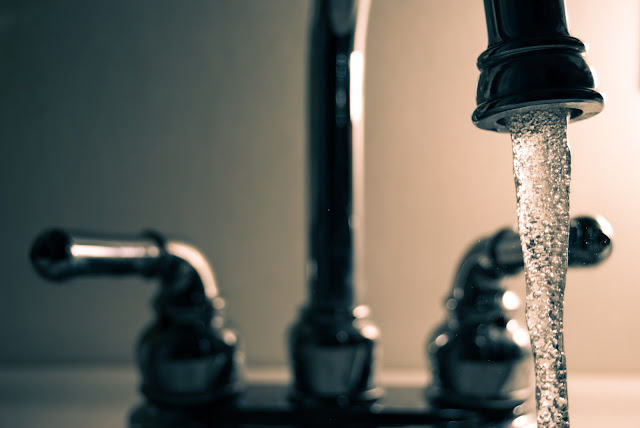You may know that water and energy are valuable resources quickly depleting our planet. But did you know that even small changes in your daily routine can significantly impact when repeated by millions?
To make it more likely that our children will be able to enjoy abundant natural resources, we must reduce our consumption of these finite resources every chance we get. Try these simple tips to save water and energy at home today!
Replacing your showerhead
Switching your old shower head for a newer model is an easy way to save water. If you are tight on space, try a low-flow shower head instead of a flow restrictor. The new models use up to 50% less water than the older, conventional models.
Fixing leaks in your pipes
Pipes that leak waste the water you're paying for and can lead to a hefty water bill if not fixed. Leaks are easy to set, but turning off the water is essential. Then you'll need a few tools: pliers, pipe joint compound or Teflon tape, and a wrench.
The first step is finding the leak by turning on all the faucets in your home. With any luck, one will be dripping steadily when turned on - that's your leak! You can use your fingers or pliers (depending on the leak's size) to put pressure on the pipe joint until it pops back into place.
Weatherizing your windows
Homeowners need to take steps to protect the windows of their homes. If your windows are single-paned, consider replacing them with newer, more efficient double panes or adding storm windows inside. This can help prevent heat loss in winter and air conditioning costs in summer and save energy on heating bills.
This will increase your home's insulation factor, making it much harder for the cold outside air to seep into your house. Additionally, this will help decrease noise from the windows because they are thicker and provide a better seal. If you have an older window without a screen, this would be an excellent opportunity to install one too.
Installing low-flow aerators on faucets
In addition to the relatively low cost, installing aerators is a quick, easy process that can be done by homeowners themselves. The main idea behind aerators is that they cause less water to flow from the faucet.
Choose the correct size for your faucet's stem hole when installing an aerator. If you choose one with a stem hole that is too small, water will not flow out properly; if you choose one with a stem hole that is too large, the valve may get clogged up with sediment. A few minutes of installation time can save gallons of water each day.
Insulating your hot water heater
Insulating your hot water heater is a great option to save money on your energy bills. This cost is minimal and can help you save up to 30% annually. Depending on the age of your hot water heater, it may be time for a new one.
Checking your clothes dryer
It's not just about turning your clothes dryer off when you're done with it. It's also about ensuring that your clothes are completely dry before putting them back in the machine.
If they're still a little damp, the dryer will suck up more energy and water as it works overtime to finish the job.
Turning off unused appliances
One of the easiest ways to conserve energy is to turn off appliances when they are not in use. For example, leaving your dishwasher on while you're out can waste more than $20 worth of electricity each year. Set your air conditioner to a lower level on a hot day to save money without sacrificing comfort.
Also, remember that running an air conditioner in the winter (when it's colder outside) costs less per hour than during the summer months (when it's warmer). Also, check TVs and other gadgets you turn off when not using them.
Take shorter showers/baths
One easy way to save water is by taking shorter showers/baths. For example, if you take a 20-minute shower, try cutting it down to 10 or even 5 minutes.
You will be amazed how much water can be saved!
Switching lights off when you leave a room
One of the simplest ways to save energy is by switching off your lights when you leave a room. If you're going for more than 15 minutes, it's worth turning them off completely; this way, you won't return to a hot or cold space.
The same applies if other people are in the house - they can turn the lights on again when they enter that room.
Install dimmer switches
Dimmer switches are an easy way to control the light you use in your home. With a dimmer switch, you can lower the brightness level of a lamp without turning it off.
This is great for hallways, bathrooms, or any room that needs light but not too much.
